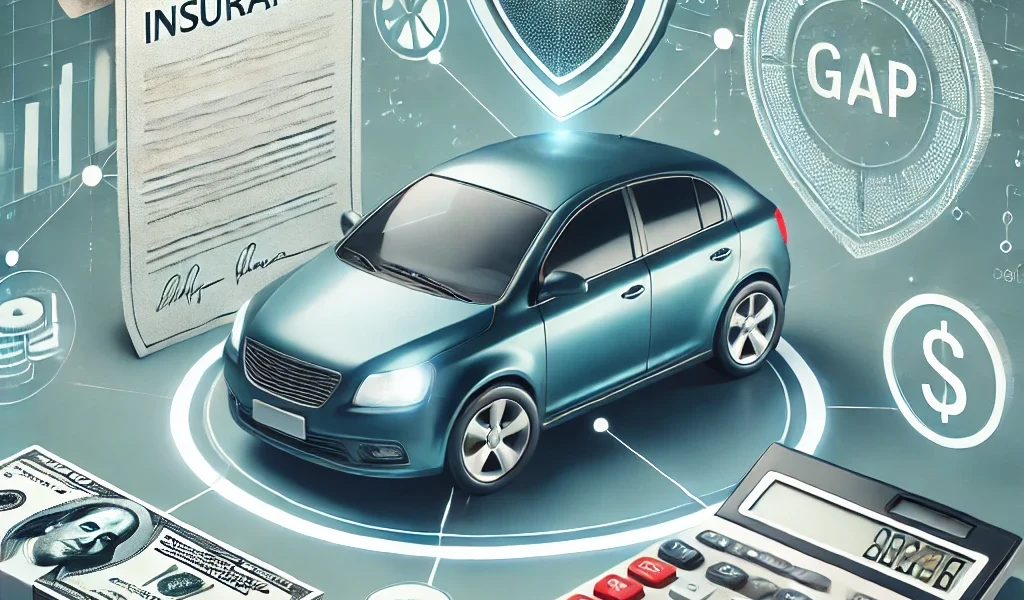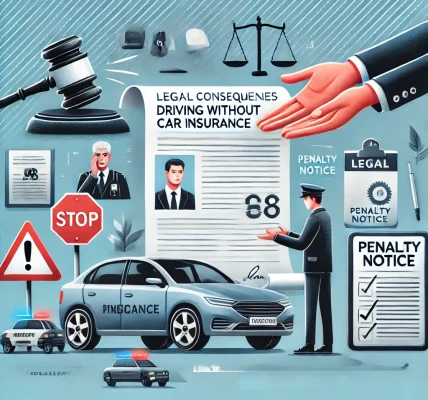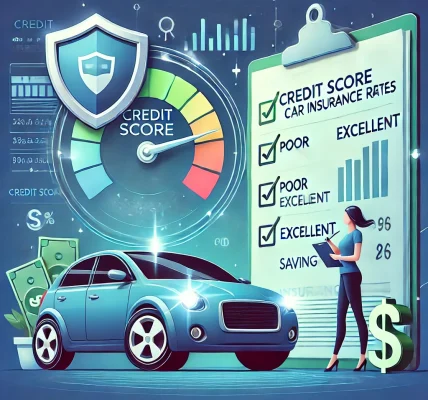Car insurance is essential for protecting your vehicle and finances, but not all coverage is created equal. One type of insurance that many drivers overlook is Gap Insurance. This specialized coverage can save you from significant financial loss if your car is totaled or stolen while you still owe money on it. In this guide, we’ll explain what gap insurance is, how it works, and why you might need it.
What Is Gap Insurance?
Gap insurance (Guaranteed Asset Protection) is a type of car insurance coverage that pays the difference between what you owe on your vehicle loan or lease and the car’s actual cash value (ACV) in the event of a total loss.
When a car is involved in an accident, stolen, or declared a total loss, standard auto insurance policies only cover the current market value of the vehicle. However, due to depreciation, the amount you owe on your auto loan might be higher than the insurance payout. Gap insurance bridges this financial gap so you are not left paying for a car you no longer own.
Example of How Gap Insurance Works
Let’s say you buy a brand-new car for $30,000 and finance it through an auto loan. Within the first year, the car depreciates by 20%, reducing its market value to $24,000. If the car is totaled in an accident, your standard car insurance would only pay the actual cash value of $24,000. However, if you still owe $28,000 on the loan, you are left with a $4,000 shortfall. This is where gap insurance comes in—it covers the remaining $4,000 so you don’t have to pay it out of pocket.
Who Needs Gap Insurance?
Gap insurance is not necessary for everyone, but it can be crucial in specific situations. You may need gap insurance if:
1. You Purchased a New Car with a Loan
New cars depreciate quickly, often losing 20-30% of their value in the first year. If you financed your vehicle with a small down payment, you could owe more than the car is worth.
2. You Leased Your Car
Most lease agreements require gap insurance because leased vehicles depreciate fast, and the leasing company wants to ensure they recover the full cost if the vehicle is totaled.
3. You Made a Low or No Down Payment
If you put down less than 20% on your car purchase, there’s a high likelihood that your loan balance will exceed the car’s value for a significant portion of the loan term.
4. You Have a Long-Term Auto Loan
Loans that extend 60 months (5 years) or longer result in slower principal payments, increasing the risk of negative equity (owing more than the car is worth).
5. Your Vehicle Model Depreciates Quickly
Some car brands and models lose value faster than others. If you own a vehicle with high depreciation rates, gap insurance can protect you from financial loss.
Who Does NOT Need Gap Insurance?
Gap insurance may not be necessary if:
- You own your car outright with no loan.
- You made a large down payment (20% or more).
- Your car’s current value is close to your remaining loan balance.
- Your auto loan is short-term (36 months or less), reducing the risk of negative equity.
How to Get Gap Insurance
There are multiple ways to purchase gap insurance, including:
1. Through Your Auto Insurance Provider
Many insurance companies offer gap insurance as an add-on to your comprehensive and collision coverage. This option is often cheaper than buying from a dealership.
2. From the Dealership or Lender
Car dealerships and lenders often offer gap insurance when you finance a vehicle. However, this can be more expensive and sometimes rolled into your loan, increasing interest costs.
3. Through a Third-Party Provider
Independent insurance providers also offer standalone gap insurance policies. This option is useful if your current insurer does not provide it or if you want to compare prices.
How Much Does Gap Insurance Cost?
The cost of gap insurance varies, but on average:
- From an insurance company: $20 – $60 per year as an add-on.
- From a dealership or lender: $400 – $700 as a one-time fee.
- From third-party providers: Prices vary, but often similar to insurance company add-ons.
Does Gap Insurance Cover Everything?
While gap insurance is valuable, it does NOT cover:
- Missed car payments or late fees.
- Mechanical repairs or extended warranties.
- New vehicle replacement (unless included in the policy).
- Negative equity from a previous loan rolled into a new loan.
Pros and Cons of Gap Insurance
✅ Pros:
- Prevents financial loss if your car is totaled or stolen.
- Provides peace of mind when financing a new or leased vehicle.
- Affordable when added to an existing auto insurance policy.
❌ Cons:
- Not useful if you owe less than the car’s value.
- Some policies from lenders or dealerships can be overpriced.
- Limited coverage – does not cover car repairs or new vehicle replacement.
Frequently Asked Questions (FAQs)
1. Is Gap Insurance Required by Law?
No, gap insurance is not legally required, but some lease agreements mandate it.
2. Can I Cancel Gap Insurance?
Yes, if you no longer owe more than your car’s value, you can usually cancel gap insurance. Contact your insurer or lender for cancellation policies.
3. How Long Should I Keep Gap Insurance?
You should keep gap insurance until your loan balance is equal to or less than the car’s market value. This typically happens within the first 2-3 years of ownership.
4. Does Gap Insurance Cover Theft?
Yes, if your car is stolen and not recovered, gap insurance will cover the difference between your loan balance and your insurance payout.
5. What Happens If I Trade in My Car With Gap Insurance?
If you trade in your car, gap insurance does not transfer to the new vehicle. You will need to purchase a new policy if needed.
Final Thoughts: Is Gap Insurance Worth It?
Gap insurance can be a valuable safety net for anyone financing or leasing a car, especially if they owe more than the vehicle’s value. While not necessary for all drivers, it provides peace of mind and financial protection in case of a total loss.
Before purchasing gap insurance, review your loan terms, check if your insurer offers it at a lower rate, and determine whether you are at risk of negative equity. By making an informed decision, you can ensure you have the right coverage for your financial situation.
Bottom Line: If you are financing or leasing a car and are worried about depreciation, gap insurance can save you from paying thousands out of pocket in the event of a total loss. Always compare options to find the best coverage at the lowest cost.



